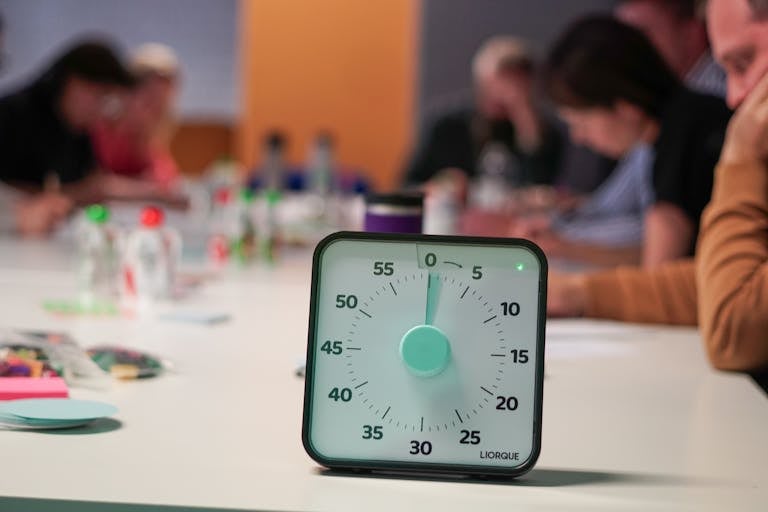In a culture that glorifies multitasking, the idea of doing just one thing at a time might seem counterintuitive. However, single-tasking—or the practice of focusing on one task until completion—is gaining recognition as a powerful productivity strategy. Unlike multitasking, which divides your attention and reduces performance, single-tasking can lead to better results, lower stress, and improved mental clarity.
This article explores the benefits of single-tasking, why it works, and how you can use it to elevate your productivity.

1. The Myth of Multitasking
Multitasking has long been seen as a hallmark of efficiency, but research consistently shows that our brains aren’t wired for it. When you switch between tasks, you experience a “cognitive switch cost”—a temporary mental slowdown that reduces efficiency and increases the likelihood of mistakes.
Multitasking:
- Lowers your IQ temporarily
- Reduces task accuracy
- Increases stress levels
- Drains mental energy
By contrast, focusing on a single task leads to better memory retention, more thoughtful work, and higher-quality outcomes.
2. The Benefits of Single-Tasking
2.1 Improved Focus:
Single-tasking allows you to enter a state of flow—deep concentration where productivity skyrockets. You’re less likely to make mistakes and more likely to complete tasks faster.
2.2 Reduced Stress:
Jumping between tasks can create cognitive overload. Single-tasking simplifies your mental workload, leading to lower stress levels and greater emotional stability.
2.3 Greater Satisfaction:
There’s a unique sense of accomplishment in completing one task before moving on to the next. This promotes a positive feedback loop, motivating you to stay productive.
3. How to Practice Single-Tasking
3.1 Prioritize Your Tasks
Start each day by identifying your top 1–3 priority tasks. Don’t move on to the next until the current one is completed. This helps narrow your focus and prevents feeling overwhelmed.
3.2 Block Distractions
Turn off non-essential notifications on your phone and computer. Use browser extensions to block distracting websites while working.
3.3 Use a Timer
Set a timer for focused work periods (e.g., 25–45 minutes). During that time, work on only one task. Follow it with a short break to reset your attention.
3.4 Create a Clean Workspace
A cluttered environment leads to a cluttered mind. Keep your workspace organized and free of distractions to support mental clarity.
3.5 Practice Mindful Transitions
Give yourself a moment to mentally reset before switching tasks. This improves your ability to focus and reduces the urge to multitask.
4. Single-Tasking in a Multitasking World
You can’t always avoid multitasking—some roles demand juggling multiple responsibilities. However, you can still integrate single-tasking by:
- Scheduling focused blocks of time for deep work
- Grouping similar tasks (batching emails, meetings, errands)
- Delegating lower-priority tasks to protect your focus
- Communicating your availability clearly to reduce interruptions
Q: Isn’t multitasking necessary in fast-paced environments?
A: While multitasking may seem necessary, it’s more effective to work in focused sprints and prioritize tasks. Multitasking often leads to poorer outcomes.
Q: How long should I single-task at a time?
A: Aim for 25–45 minute focus blocks followed by short breaks. Adjust based on your energy levels and task complexity.
Q: Can single-tasking improve mental health?
A: Yes. Focusing on one task at a time reduces mental overload, lowers stress, and increases overall well-being.
Start Your Single-Tasking Journey Today!
Shift from chaotic multitasking to calm, focused productivity. Try implementing one single-tasking strategy this week and watch your work quality and well-being improve.

I’m EKBAL HOSSAIN MONDAL, the creator of SmartSolveTips.com — a blog dedicated to helping people improve productivity, avoid digital burnout, and live better online. With years of hands-on experience in self-development and digital wellness, I write practical tips and tools to help you stay focused and thrive in a fast-paced digital world.






